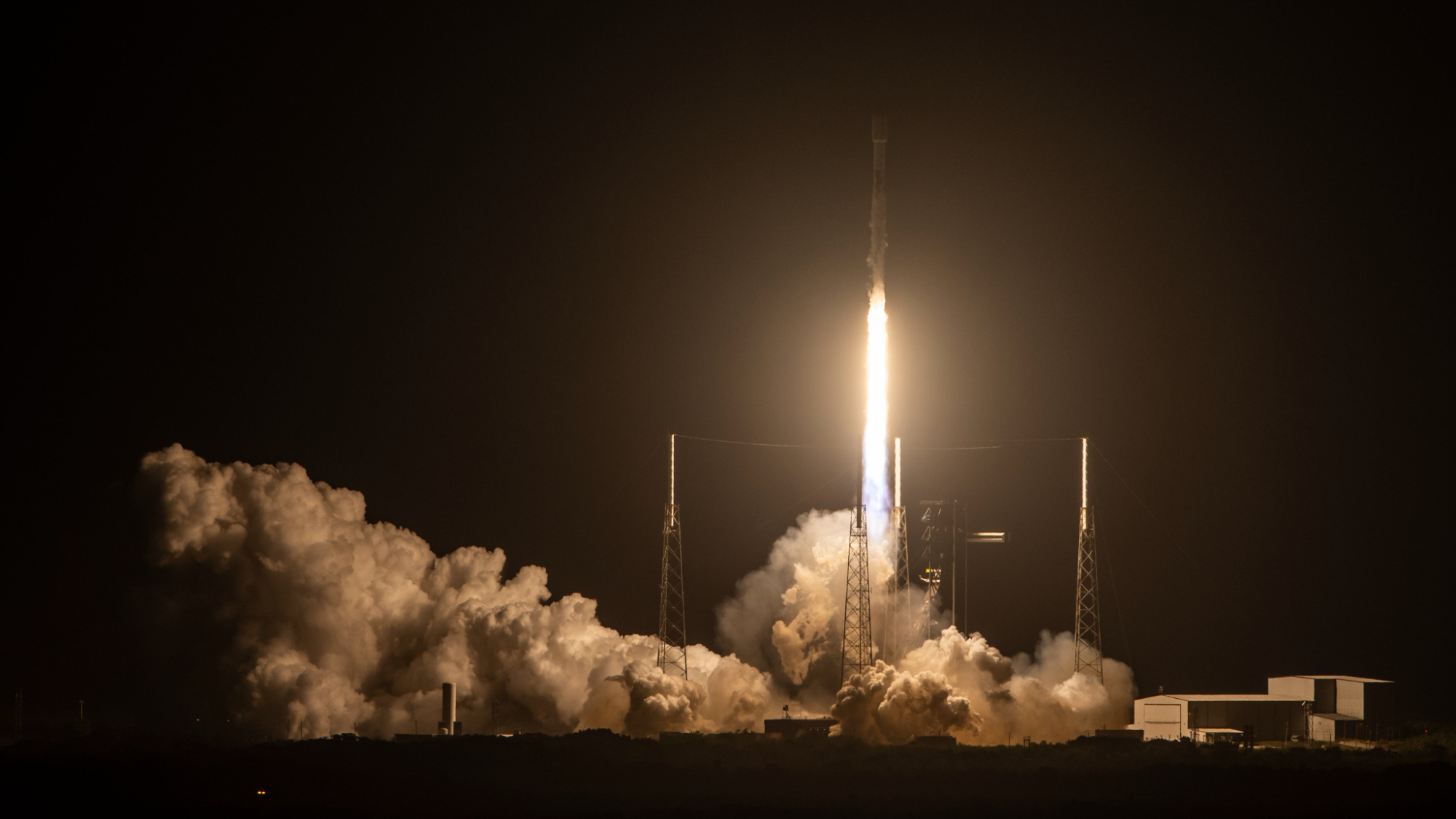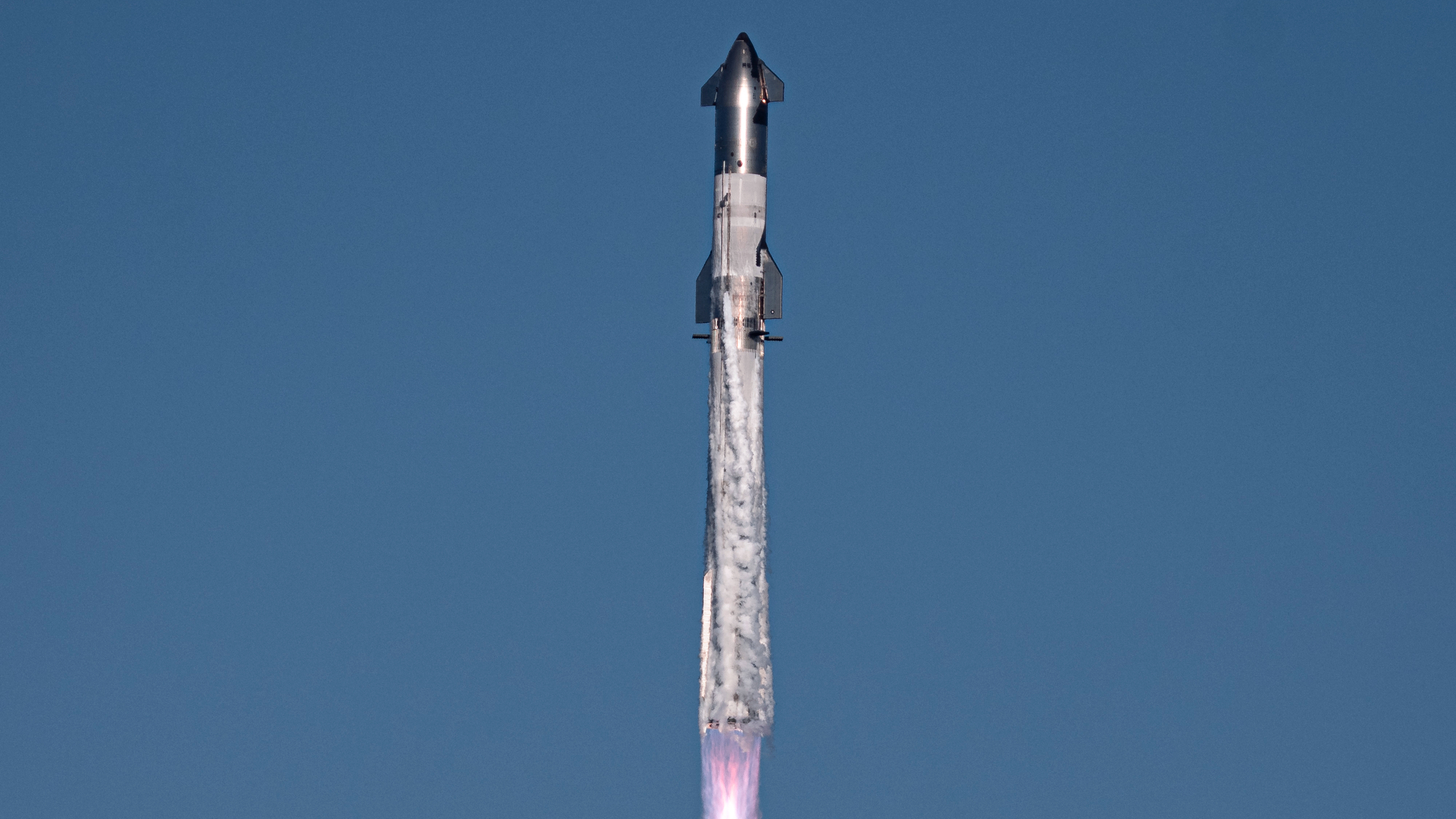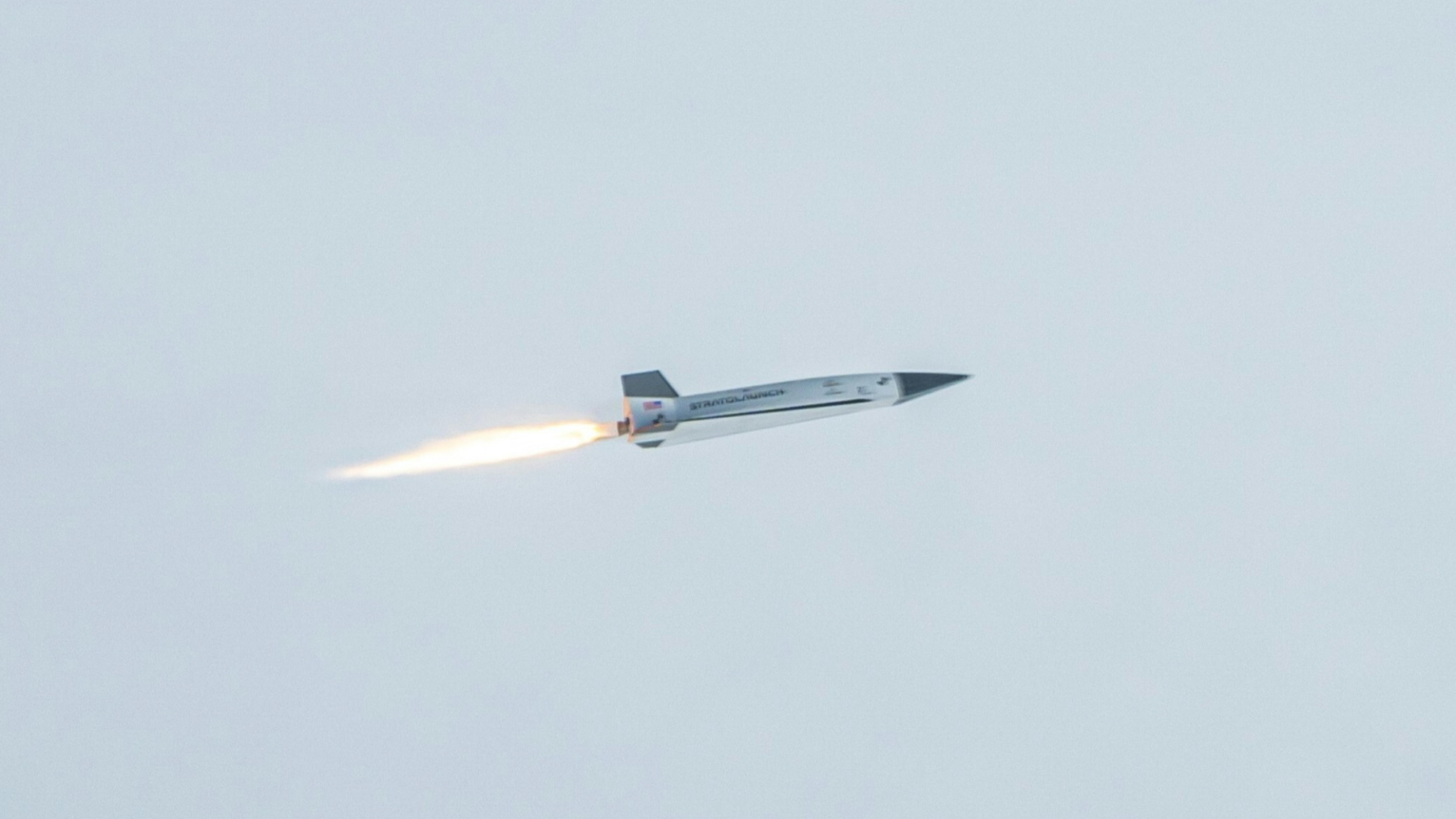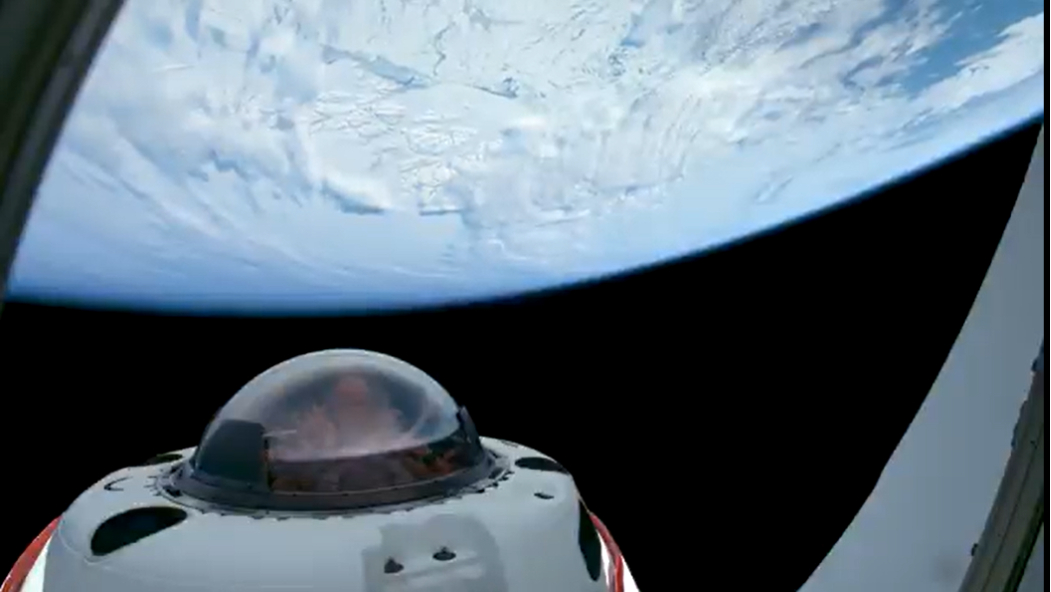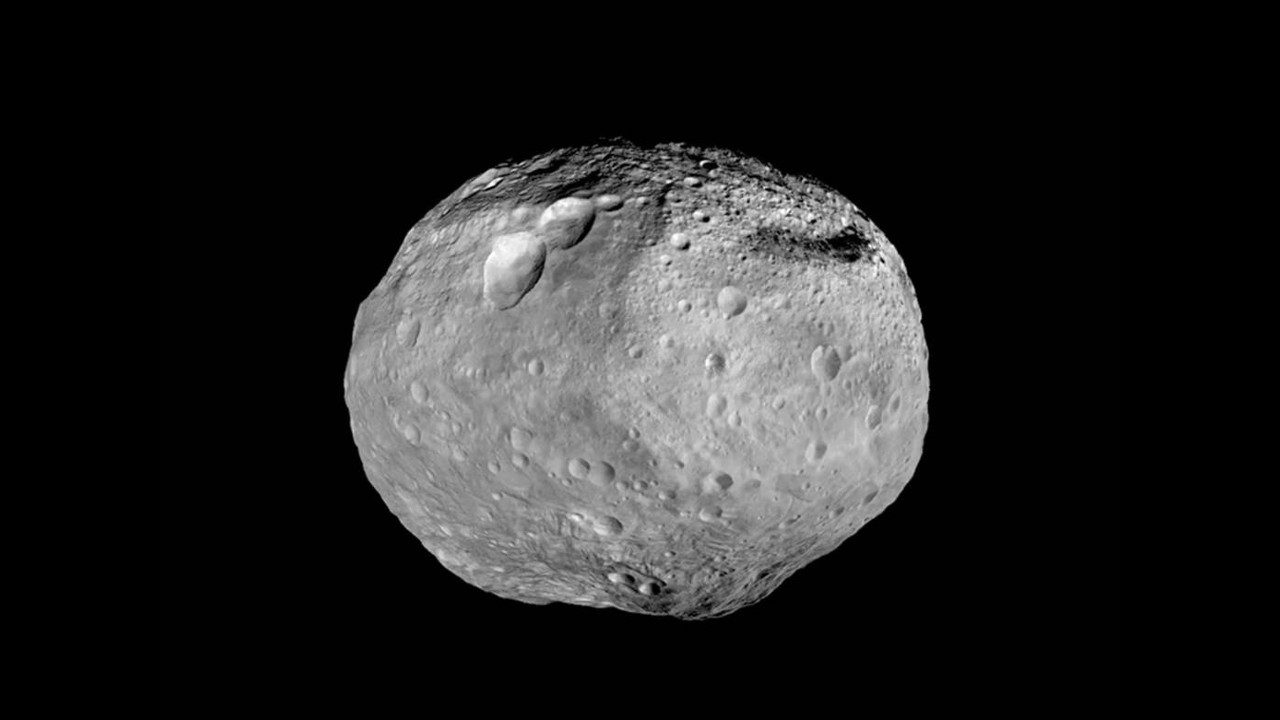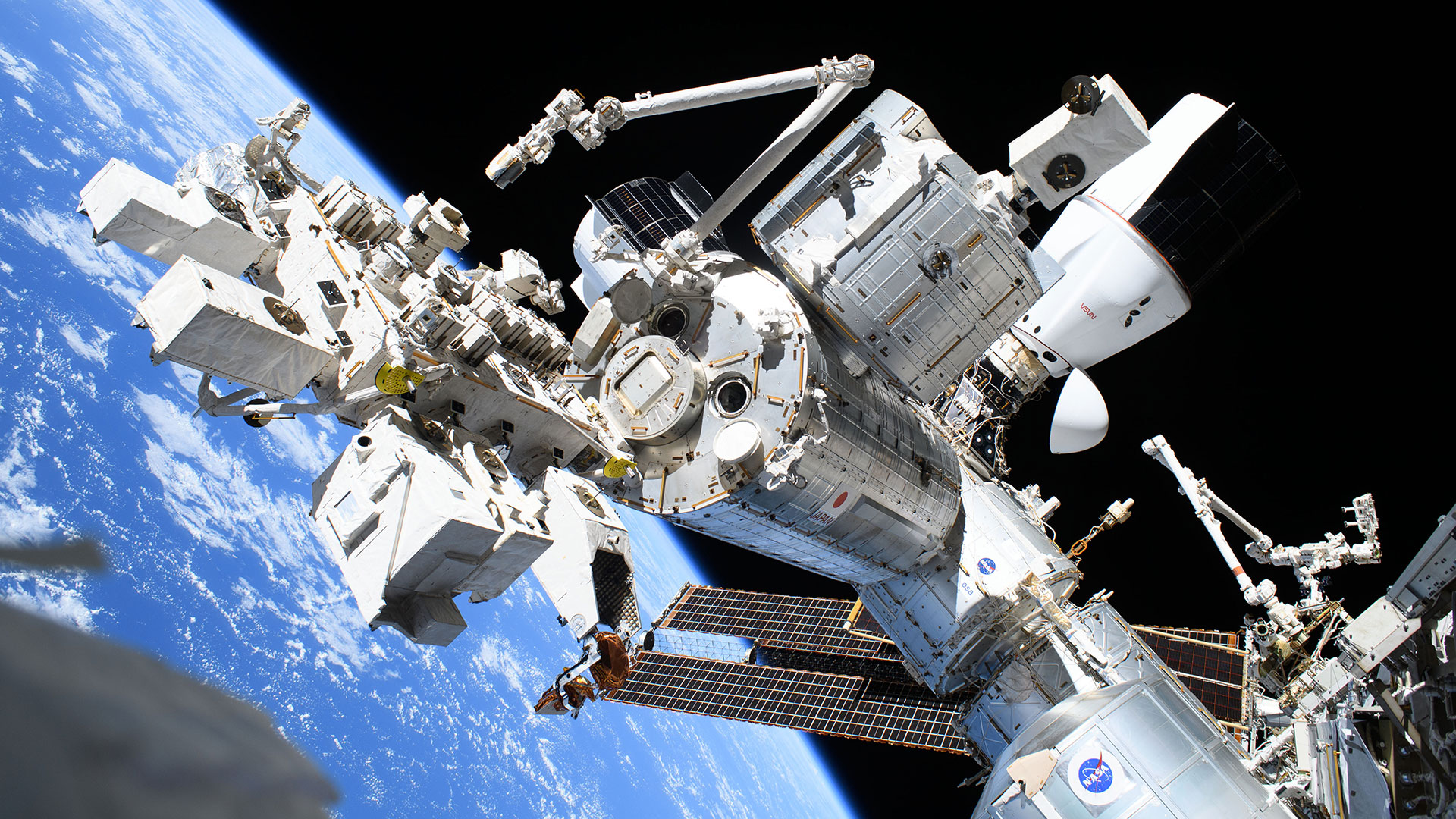New Ocean-Mapping Satellite Primed for June Launch
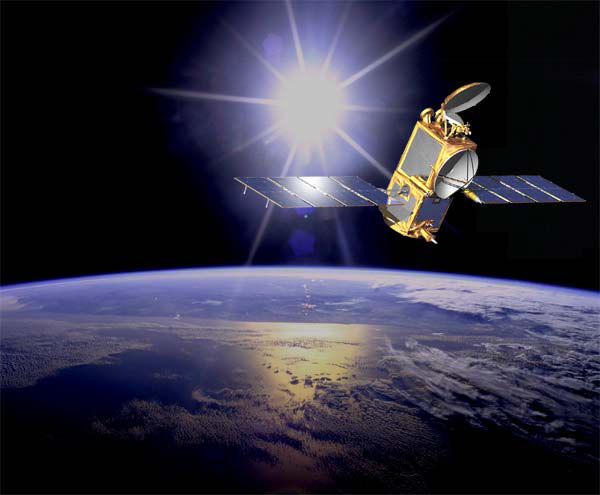
NASA and France are preparing to launch a new satellite next month tomap Earth's rising sea levels and study their link to global climate change.
The Jason 2 spacecraft is set to lift off atop a Delta 2 rocket on June15 from Vandenberg Air Force in California on a joint mission to study theEarth?s oceans and their currents.
?Globally, on average, sea levels are rising,? said Steven Neek of NASA?sScience Mission Directorate at NASA?s Washington, D.C., headquarters, in aTuesday briefing. ?This is a complex phenomenon which we need to understandbetter through flying new spacecraft.?
Since 1993, global sea levels have risen about 0.12 inches (3 millimeters)per year, or about twice the expected rate based on tide records from the pastcentury, NASA officials said. Natural and human-made causes are responsible forthe shift, Neek said.
Jason 2?s Ocean Surface Topography Mission (OSTM) is a joint NASA-FrenchSpace Agency effort and the third in a series of satellites to track global sealevels forclimate studies. The spacecraft?s immediate predecessor, Jason 1, launchedin 2001 and is still operating today. Another U.S.-French satellite, TOPEX/Poseidon,launched in 1992 and scannedEarth?s oceans for 13 years.
"OSTM/Jason2 will help create the first multi-decadal global record for understanding thevital roles of the ocean in climate change," said Lee-Lueng Fu, themission?s project scientist at NASA's Jet Propulsion Laboratory in Pasadena,Calif., in a statement.
The new$433 million spacecraft is expected to orbit in tandem with Jason 1 some 830miles (1,336 km) above Earth and double the amount of monitoring coverage ofEarth?s oceans, mission managers said.
Get the Space.com Newsletter
Breaking space news, the latest updates on rocket launches, skywatching events and more!
Thesatellite uses ocean altimetry and other tools to measure the height of the seasurface with an accuracy of within 1.3 inches (3.3 cm). The readings are alsoexpected to yield information on the speed and direction of ocean currents, andserve as an indicator of the amount of heat in the water that can affectclimate change, mission researchers said.
In additionto NASA and the French Space Agency, the Jason 2 mission also includesparticipants at the National Oceanic and Atmospheric Administration (NOAA) andthe 20-nation weather satellite organization EUMETSAT. Researchers hope that by tyingJason 2 data into the international forecasting agencies, it will aid futurepredictions of ocean circulation fluctuations, weather patterns and climatechange.
"Peoplein coastal areas will benefit from improved near-real-time data on oceanconditions, while people everywhere will benefit from better seasonalpredictions resulting from the increased understanding of Earth systemprocesses enabled by these measurements," said Michael Freilich, directorof the Earth Science Division of NASA?s science directorate.
- Video: Japan?s Kaguya Catches Full Earthrise
- The Top 10 Views of Earth From Space
- Images: Landsat Captures Earth as Art
Join our Space Forums to keep talking space on the latest missions, night sky and more! And if you have a news tip, correction or comment, let us know at: community@space.com.

Tariq is the Editor-in-Chief of Space.com and joined the team in 2001, first as an intern and staff writer, and later as an editor. He covers human spaceflight, exploration and space science, as well as skywatching and entertainment. He became Space.com's Managing Editor in 2009 and Editor-in-Chief in 2019. Before joining Space.com, Tariq was a staff reporter for The Los Angeles Times covering education and city beats in La Habra, Fullerton and Huntington Beach. In October 2022, Tariq received the Harry Kolcum Award for excellence in space reporting from the National Space Club Florida Committee. He is also an Eagle Scout (yes, he has the Space Exploration merit badge) and went to Space Camp four times as a kid and a fifth time as an adult. He has journalism degrees from the University of Southern California and New York University. You can find Tariq at Space.com and as the co-host to the This Week In Space podcast with space historian Rod Pyle on the TWiT network. To see his latest project, you can follow Tariq on Twitter @tariqjmalik.
